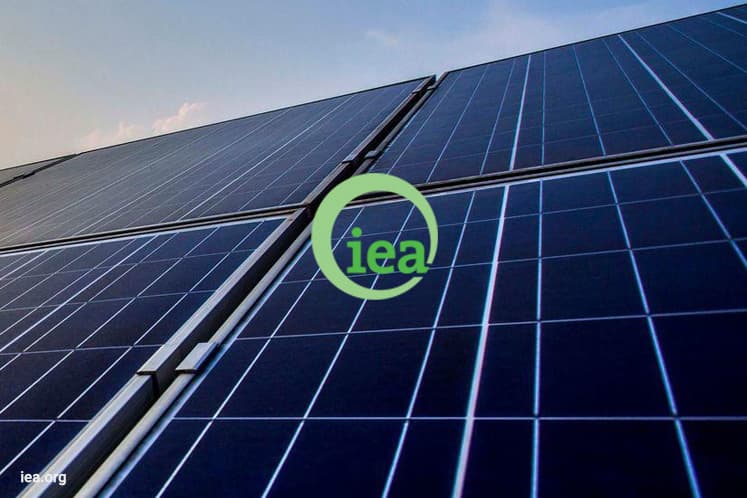
KUALA LUMPUR (June 7): Decisive policy actions and market signals will be needed to drive technological development and benefit from higher electrification around the world, according to the International Energy Agency’s (IEA) latest Energy Technology Perspectives 2017 (ETP) report.
In a statement yesterday, the IEA said investments in stronger and smarter infrastructure, including transmission capacity, storage capacity and demand side management technologies, are necessary to build efficient, low-carbon, integrated, flexible and robust energy systems.
IEA executive director Dr Fatih Birol said as costs decline, there will be a need for a sustained focus on all energy technologies to reach long-term climate targets.
"Some are progressing, but too few are on track, and this puts pressure on others.
“It is important to remember that speeding the rate of technological progress can help strengthen economies, boost energy security, while also improving energy sustainability,” he said.
ETP 2017’s base case scenario, known as the Reference Technology Scenario (RTS), takes into account existing energy and climate commitments, including those made under the Paris Agreement.
Another scenario, called 2DS, shows a pathway to limit the rise of global temperature to 2ºC, and finds the global power sector could reach net-zero CO2 emissions by 2060.
A second decarbonisation scenario explores how much available technologies and those in the innovation pipeline could be pushed to put the energy sector on a trajectory beyond 2DS.
It shows how the energy sector could become carbon neutral by 2060, if known technology innovations were pushed to the limit. But to do so would require an unprecedented level of policy action and effort from all stakeholders, IEA said in its statement.
Looking at specific sectors, ETP 2017 report says buildings could play a major role in supporting the energy system transformation.
The report says high-efficiency lighting, cooling and appliances could save nearly three-quarters of today’s global electricity demand between now and 2030, if quickly deployed.
The report adds that doing so would allow a greater electrification of the energy system, that would not add burdens on the system.
In the transportation system, electrification also emerges as a major low-carbon pathway, the ETP 2017 report adds.
The report findings show policies to support energy technology innovation at all stages, from research to full deployment, will be critical to reap energy security, environmental and economic benefits of energy system transformations, regardless of the pathway chosen.
It also suggests the most important challenge for energy policy makers will be to move away from a siloed perspective, towards one that enables systems integration.